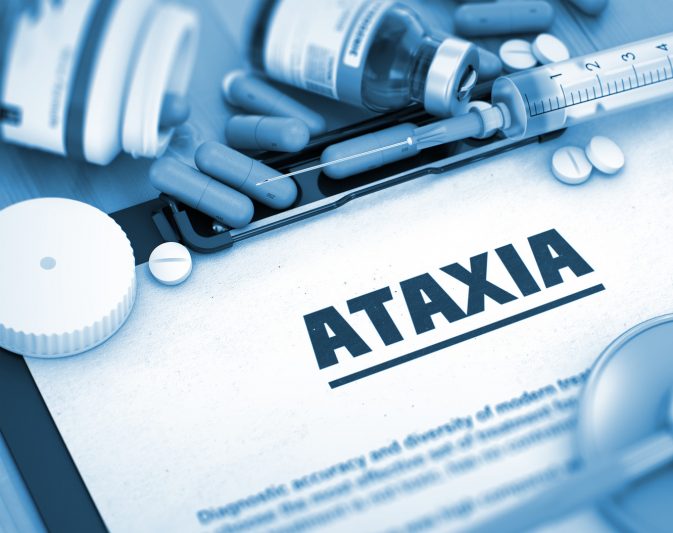Winning Social Security Disability Benefits for Ataxia in Chicago, IL
While it can be very disheartening when you (or a loved one) are suffering from ataxia, it may be reassuring to know that you may qualify for Social Security disability benefits. Certain types of ataxia qualify for expedited benefits under the Compassionate Allowances program.
Ataxia is a rare neurological problem. A progressive, degenerative condition of the nervous system, ataxia can impact a person’s ability to talk, walk, and use fine motor skills. Patients who suffer from ataxia often appear intoxicated, with symptoms of stumbling or falling; slurred speech; and signs of being uncoordinated. This happens because the cerebellum—the part of the brain that coordinates movement—begins to degenerate. People of all ages can develop ataxia.
The most common type of hereditary ataxia is Friedreich’s ataxia, which affects approximately one in every 50 thousand people. Symptoms often develop before the age of 25. Some of these symptoms include difficulty swallowing; progressive weakness in the legs; abnormal curvature of the spine; partial or total hearing and vision loss; diabetes; and loss of feeling in the feet and hands. Patients with this type of ataxia often have a shorter life expectancy than normal.
Spinocerebellar ataxia fits into a group of hereditary ataxias that usually develop between the ages of 25 and 80, although some rare types can start during childhood. Some symptoms are similar to Friedreich’s ataxia, including difficulty swallowing, slurred speech, and peripheral neuropathy—loss of feeling in the feet and hands. However, other symptoms include muscle stiffness and cramps, incontinence, and slower eye movement, requiring the patient to move their head to compensate for the change in vision.
Ataxia telangiectasia is a rare type of hereditary ataxia that impacts about one in every one hundred thousand children. Although symptoms often develop in early childhood, they can develop later. Aside from some similarities to the other two kinds of ataxia, symptoms of AT include red blood vessel “spider-like” clusters on the cheeks and in the corners of the eyes; a weaker immune system that makes patients especially susceptible to infections; and an increased risk of cancer. Approximately 40 percent of patients suffering from AT develop cancer.
If you are unable to work due to ataxia or another disability, the disability experts at Nash Disability Law will evaluate your situation for free to determine if you meet the Social Security requirements for benefits, so contact us. And we encourage you to take about a minute and a half to watch this video on why you need a lawyer to represent you for your disability claim.


